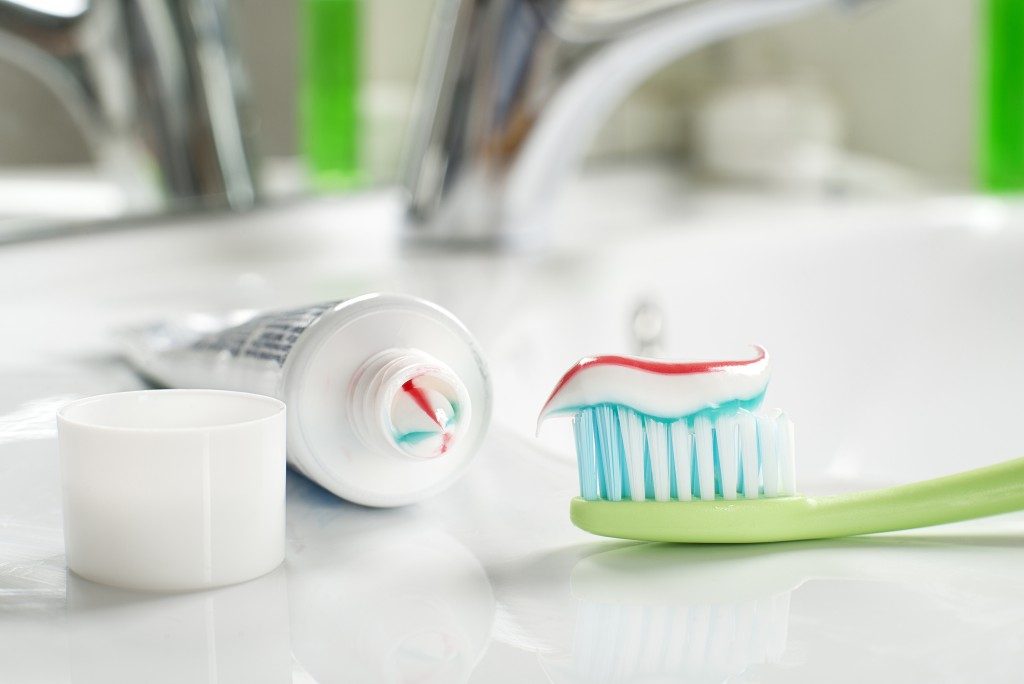Many do-it-yourself tips are intended to help bring out your creative side and save more money. The sad part is, it could also cost you more if the task on the line requires professional knowledge and expertise. If you, for example, try to install new outlets or run additional wiring, the ramifications are likely to be costly, especially if you know nothing about electrical work.
The same can also apply to health concerns or searching for an alternative that would keep you from seeing a professional. This is very common in dentistry, especially in the case of teeth whitening. There are some DIY whitening hacks and “proven remedies” for whiter teeth if you search the Internet. Most of these are tempting to try, as they are cheap and convenient.
Risks with DIY Techniques
Some may swear by these whitening hacks but do take note that they still carry some sort of risk. These DIY techniques, furthermore, may damage your teeth and gums and don’t give you the results you are looking for. The use of baking soda, for instance, is not that effective, as it can only remove surface stains. Its abrasiveness can also damage your teeth over time.
Cosmetic dentistry centers in Sandy share the truth about DIY whitening methods:
Natural Remedies
Apart from baking soda, others also suggest using some household products. These include swishing with coconut oil or hydrogen peroxide. The former does not expose the teeth to any active ingredient, but there is no evidence that it can whiten your teeth. The latter, on the other hand, may help in teeth whitening, but stronger concentrations cause gum and teeth irritation.
Whitening Toothpaste
 The use of whitening toothpaste is probably the cheapest way to lighten your smile. This technique, however, doesn’t offer dramatic results, as it can only get rid of surface stains and maintain the result of a professional procedure. It can make your teeth look somewhat brighter, but it unlikely for the toothpaste to change the color of your smile.
The use of whitening toothpaste is probably the cheapest way to lighten your smile. This technique, however, doesn’t offer dramatic results, as it can only get rid of surface stains and maintain the result of a professional procedure. It can make your teeth look somewhat brighter, but it unlikely for the toothpaste to change the color of your smile.
DIY Whitening Kits
The main risk with over-the-counter whitening kits is overusing them to see dramatic results. This can then cause sensitivity and damage to your teeth. You may also have patchy or spotted teeth due to an uneven spread of bleach. Moreover, the bleaching component may come into contact with your gums and cause sensitivity or recession.
Whitening Strips
When it comes to whitening strips, you are likely to have a whiter smile after a few weeks. The sad part is, not following the directions properly like leaving strips too long can damage your teeth. The whitening result may also look uneven if you didn’t use the product the right. Also, the results can only last for a few months, and you will need to apply the strips again.
The best and the safest method, of course, is a dentist-supervised procedure. This is because it starts with cleaning and examining the teeth to determine if whitening is right for you. Dentists, furthermore use rubber shields to protect the gums, as well as laser light to enhance the effect. They can also prepare a customized kit that you can use at home. The procedure costs more than DIY hacks, but it is safe and effective.

